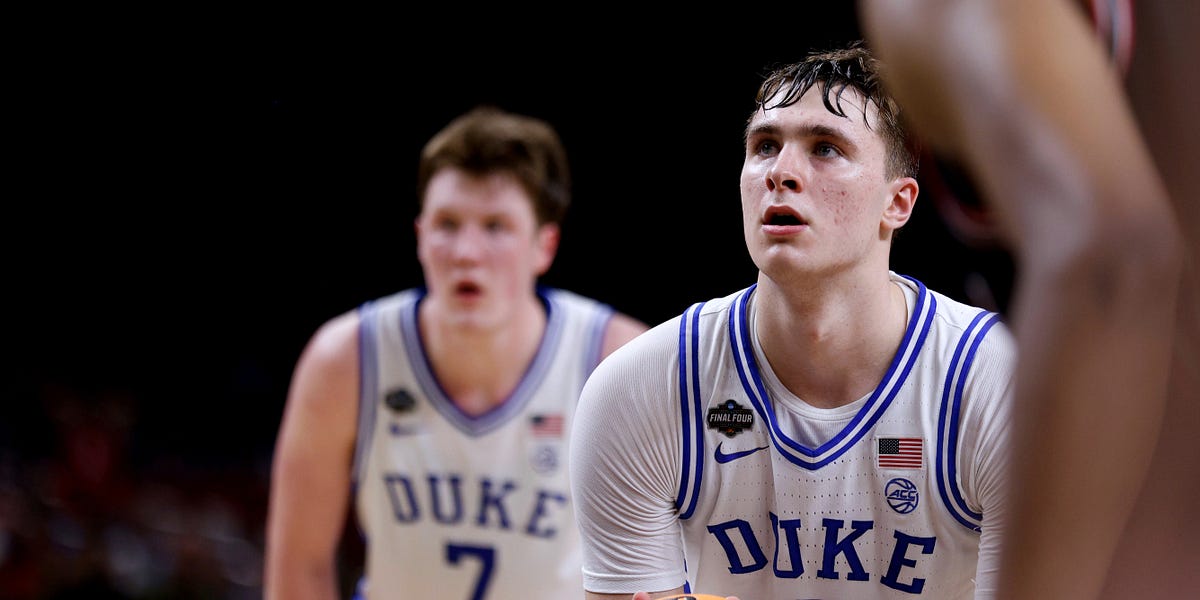Could you post the analysis for CMB, Walter Clayton Jr, Fleming, and Tre Johnson?
These are summaries by the way....he talks about a lot of these guys more in depth in other articles.
CMB:
There is no doubt in my mind that CMB will end up being a top-3 defender in this draft. I also wouldn't be surprised if his combine measurements are on the positive side — both wingspan and hand size. On offense, he can bully his way to the basket thanks to a strong frame, and he's a good passer. If he ever gets his 3 to fall, he could easily become a top-20 player in the impact metrics.
Best fit: A team with a stretch-5 that needs defense (e.g. BOS, NY, CHI, SAS).
Clayton:
If you're looking for a shot at getting the next Jalen Brunson, Clayton might be your guy. Both are about the same height, with a sturdy frame and an NCAA championship under their belts. Clayton gets by people with ease and possesses good footwork around the basket, allowing for creative finishes. He also plays a very modern brand of basketball, with a 3-point attempt rate above 50% — and he made 39% on more than 800 college attempts in four seasons.
Best fit: Playoff teams that need a guard (DEN, ORL, HOU, MIN, DAL).
Fleming:
Going with the theme of potential two-way impact players, Fleming is a high-energy big with, apparently, a huge wingspan. That should allow him to defend up to four different positions in the NBA.Watching Fleming’s tape, I saw what appears to be the best rebounding hands in the class. On top of that, Fleming made 39% of his 160 3-point attempts this season.
Best fit: Playoff teams that need a versatile, defense-oriented forward (MIL, ATL, LAL, SAC, PHX).
Tre:
The player I'm lowest on — compared to consensus — is Tre Johnson. Shooting guards generally have had a horrid success rate in recent drafts, and Johnson doesn't stand out enough to break that trend. Quite the contrary: I think his tiny step size will make it extremely hard to get by defenders in the NBA. He couldn't in college, despite committing a giant number of traveling violations, called and uncalled.
Best fit: A team with a giant hole at shooting guard and good team culture.

